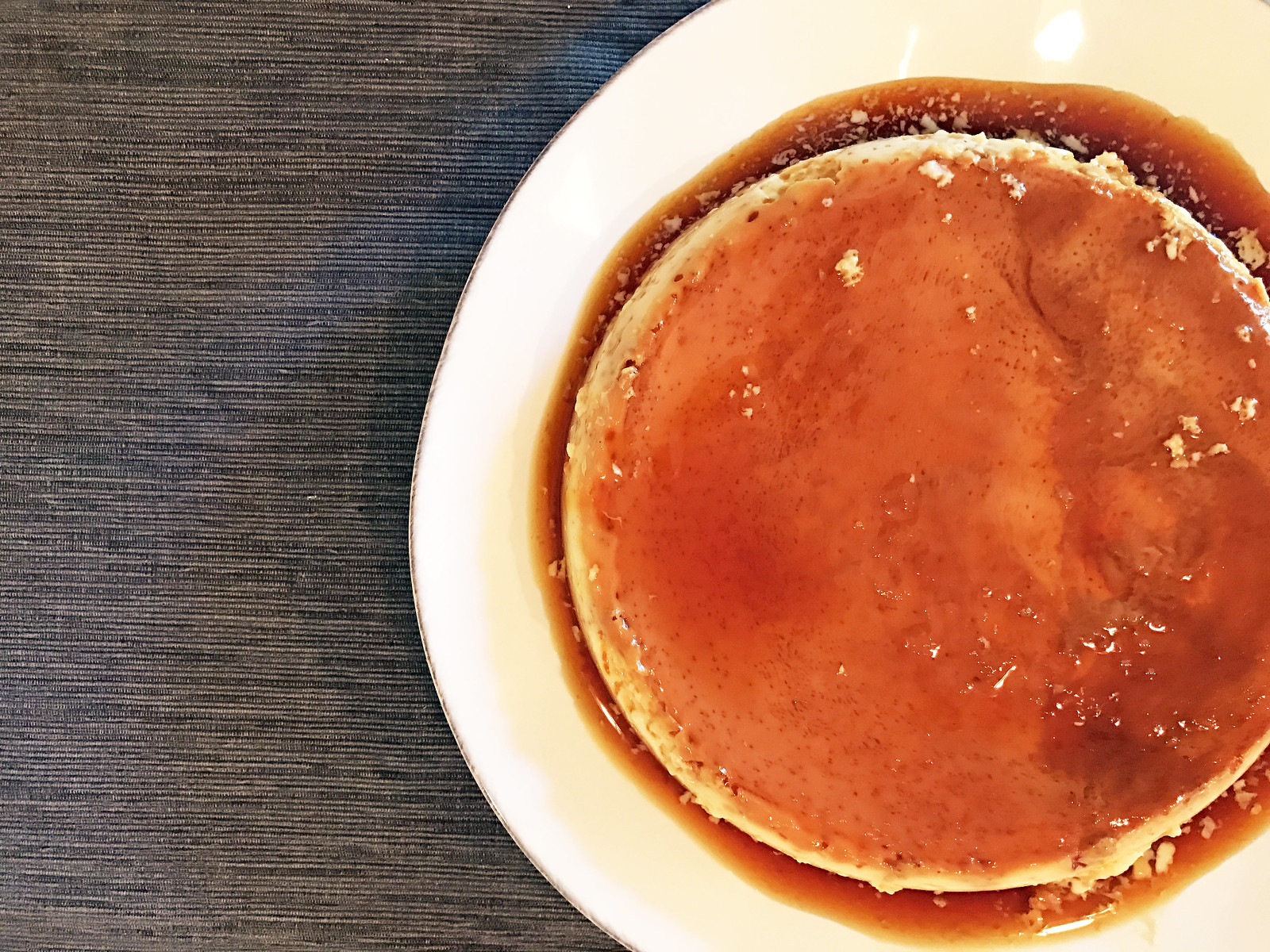I was sort of obsessed with eating all the things when I visited Singapore a few years ago. I mean, it’s the best food city on earth (don’t @ me). When it was time to leave, I realized I hadn’t yet tried one of the most Singaporean of snacks, curry puffs! Think curried chicken and potatoes in a deep-fried pastry shell. Yeah. I hurriedly bought one at Changi Airport right as we were boarding and savored the carby, meaty, buttery goodness right before saying goodbye.
I can’t find curry puffs in the Bay Area, but I can make them with relative ease at home. I take a shortcut with puff pastry and I oven bake them so they’re a bit healthier, but they’re just as delicious.

Ingredients:
1 small potato, boiled, peeled, and cut into cubes
1 tablespoon vegetable oil
2 teaspoons minced ginger
1/2 onion, chopped
2 green onions, sliced
1/2 pound boneless, skinless chicken breast, chopped
2 tablespoons curry powder (I used a blend of Madras curry powder and homemade Jaffna curry powder)
1 teaspoon soy sauce
1 egg yolk mixed with 1 tablespoon water
1 sheet puff pastry, thawed
1. Place a wok over high heat until hot. Add oil, then add ginger, onion, and green onions, and stir-fry for 5 minutes, until onion begins to brown. Add chicken and stir-fry for another 2 minutes. Stir in potato, curry powder, and soy sauce. Remove from heat and let cool. Transfer mixture to a large bowl and lightly mash with a potato ricer.
2. Preheat oven to 375F degrees. In the meantime, on a floured board, roll out puff pastry to a thickness of about 1/4 inch; cut into 4-inch circles. Place 1 tablespoon filling on each circle. Brush edges with egg wash, fold dough to make half-moons, and press edges to seal.
3. Place on a lightly oiled baking sheet. Brush tops with remaining egg wash. Bake until golden brown, about 25 minutes. Serve warm.




